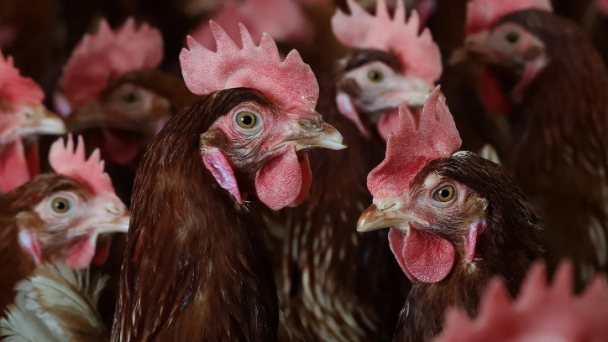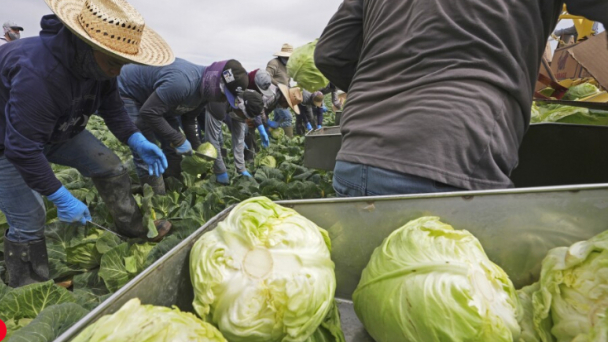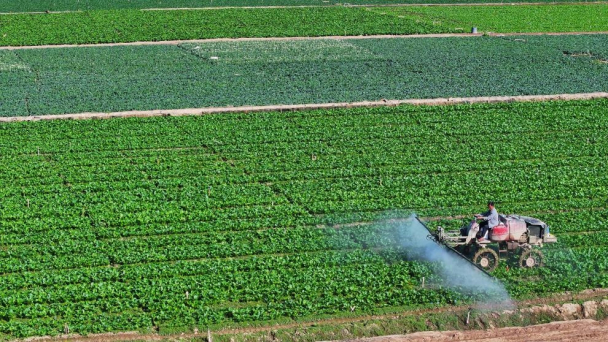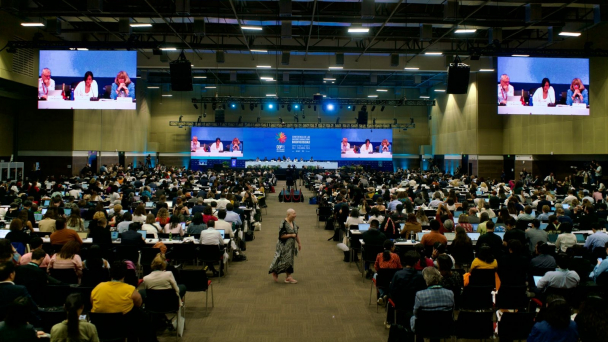March 11, 2025 | 20:24 GMT +7
March 11, 2025 | 20:24 GMT +7
Hotline: 0913.378.918
March 11, 2025 | 20:24 GMT +7
Hotline: 0913.378.918

The volatility that has in engulfed the commodity world the last 18 months due to various factors such as COVID-19, energy wars, and adverse world weather has been unprecedented.
The grain markets are no exception, in particular the last 60 days, in which the market lives and dies on the next weather forecast, crop conditions and export announcements. As supplies have tightened over the last couple of years, it becomes easier and easier to create a ledger balance of both positive and negative factors that can affect price, some in a very meaningful way.
As the July 4 weekend approaches, traditionally a turning point for corn and soybean prices, one can only wonder if the high for the year is in place, or if the bull market is just starting.
From a historical perspective, crop production has been rather predictable and reliable. With this comes periods of low prices, in which demand tends to develop and then grow. After a low-price trough, in the past seven years compared to the previous seven, both the corn and soybean markets grew a strong demand base.
From an end user's perspective, the just-in-time inventory management practice of purchasing as needed (because supplies are plentiful) was a paramount practice after 2014.
Price rallies were far and few between. When they did occur, they were short-lived. Fast forward to 2021, and supply disruptions tightened U.S. inventory, due to a late planted crop in 2019 and a dry weather pattern during August of 2021.
Meanwhile, Argentina and Brazil have recently struggled with adverse weather. Strong world demand, particularly in China, was added to the mix, and suddenly, prices have a very strong upward trend in late 2020 and the first half of 2021.
The soybean market saw July futures peaking at $16.67-1/2 in mid-May. The June Supply and Demand report indicated that higher prices appeared to be slowing demand through rationing supply, as projected carryout for the 2020/2021 and 2021/2022 crop years were increased, albeit a small amount. This report sent a signal to the market, and prices dropped over $3.00 a bushel. Corn dropped well over $1.00 per bushel as well.
The Stocks and Acreage reports this week revived fledging markets.
The question now: Was the recent price downturn a setback and buy opportunity for end users? It appears so.
Recent weather conditions in Brazil have been less than ideal, as a frost may have damaged some of the second crop.
Hot and dry conditions in the northwestern regions of the Midwest suggest that reaching trendline yield in either corn or soybeans may be a challenge.
It looks like the bull market is alive and well, predicated on strong demand and tightening inventory.
Only time will tell if prices are destined to move higher and reach toward record levels, or if they are bouncing on supportive news, only to exhaust themselves as demand likely deteriorates. The feel of it suggests new high prices are in store, as many suggest there is now, after the most recent reports, no room for error on this year’s production. Yet, all bull markets reach a point where demand stops chasing them and lower prices are in store. That brings to question: Where is that point?
(SF)

(VAN) Shoppers used to picking up the cheapest eggs at the grocery store may now be reaching for higher-end cartons.

(VAN) Corn and soybean prices for this year’s harvest already fell roughly 10% since the tariffs were first announced a couple of weeks ago.

(VAN) There’s nothing inherently unsafe about genetically modified foods. It’s the potential herbicide exposure that should give you pause.

(VAN) China will focus on increasing per-unit yields of grain by expanding projects aimed at improving these yields and intensifying the promotion of high-yield and efficient production models.

(VAN) Results from Pacific fishing areas are presented at Honiara Summit in Solomon Islands.

(VAN) Interview with Kaveh Zahedi, Director of the FAO Office of Climate, Biodiversity and Environment.

(VAN) The funding will support 14 critical projects across Africa, Asia, Europe, and the Middle East.